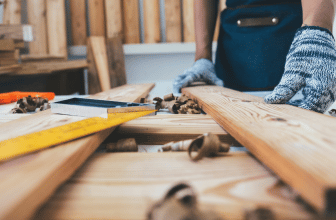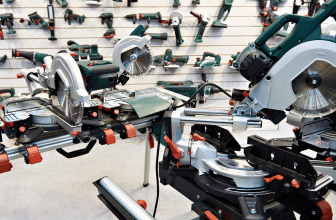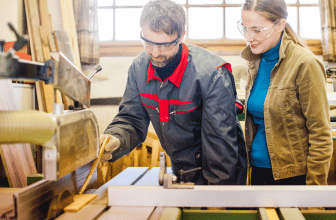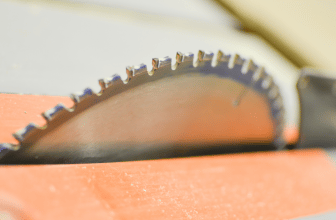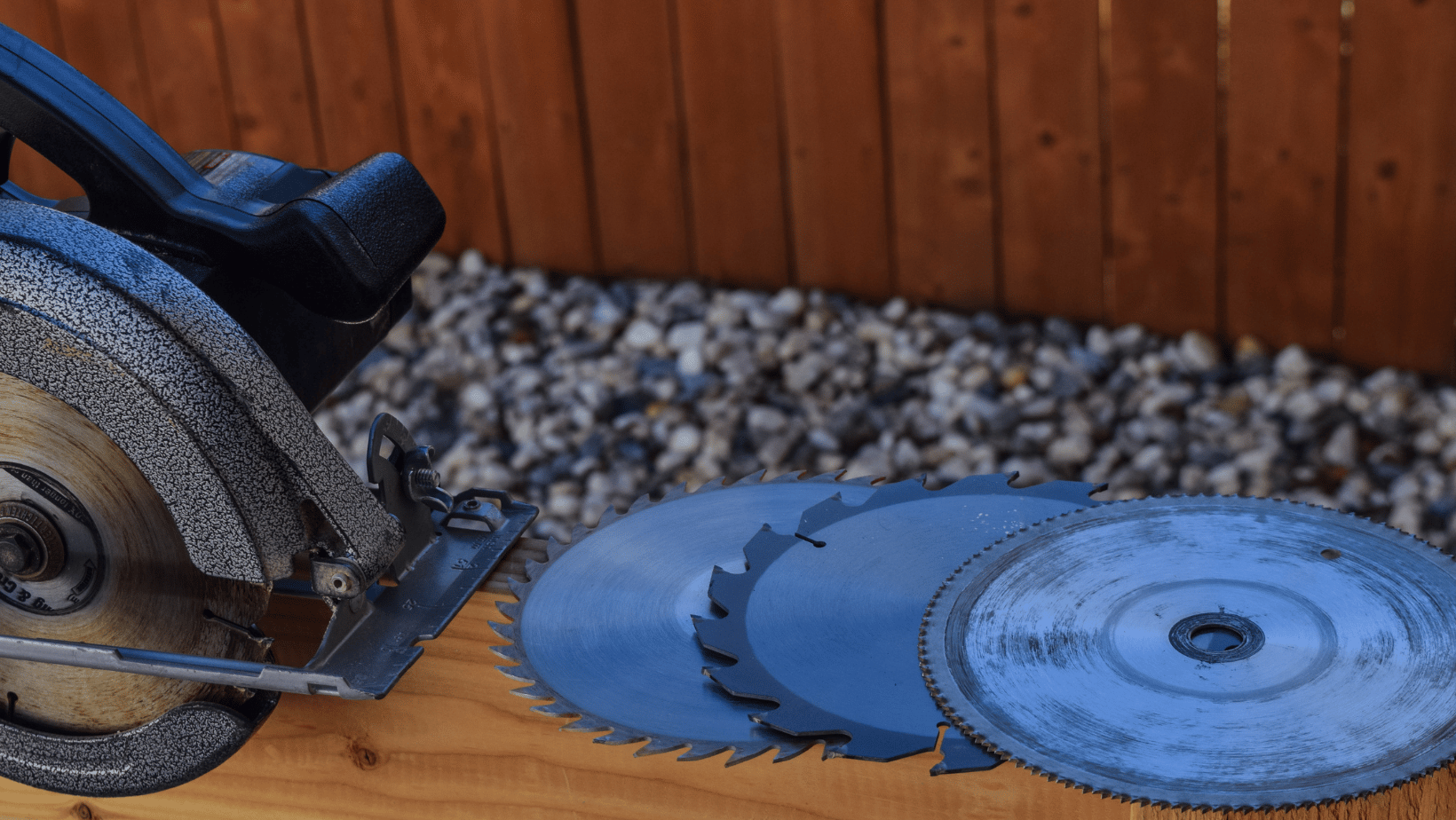
We all know the challenges of finding the best blade for our table saw. When thinking about what is best blade for a jobsite table saw, it is easy to be overwhelmed by the number of quality blades on the market.
However, there are occasions when we come across inferior products on the market – including table saw blades.
In 2015, 4700 table saw blade injuries were recorded in the United States, resulting in amputations. Ensuring correct health and safety protocols are in place and knowing the blades you use with your saw are the best can help mitigate many safety concerns.
Which blades are the best? We will help you with this blog post!
Contents
What To Think About When Buying A Jobsite Table Saw Blade
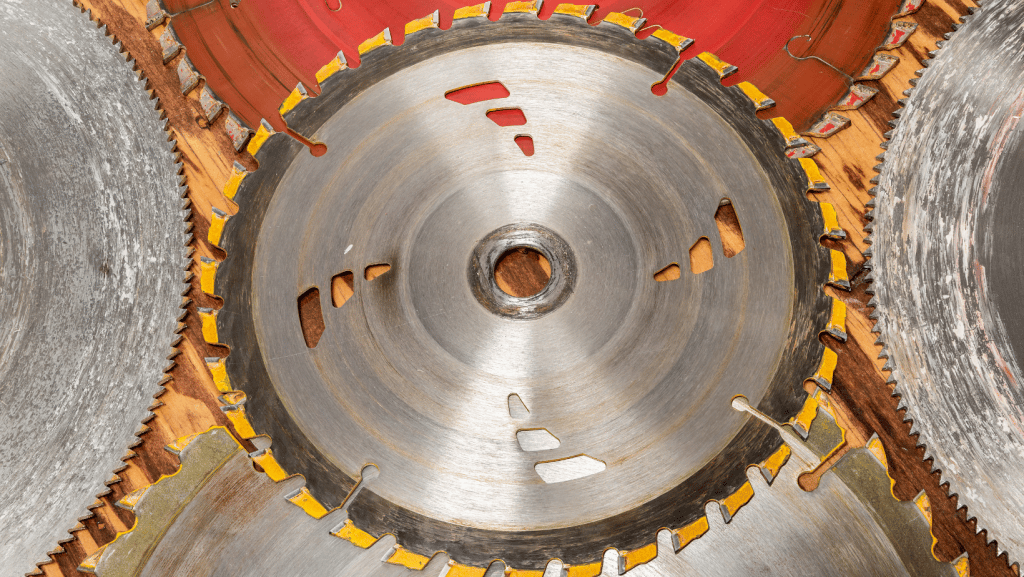
When thinking about what is best blade for a jobsite table saw, it is crucial to consider some essential factors.
It can be challenging to know where to start if you are new to woodworking or are unsure which blades work best with your table saw.
Here are some things we at Cutting HQ think you should always keep in mind when buying jobsite table saw blades:
Type Of Cut
Blade Tooth Shape
Tooth Count
The Best Jobsite Table Saw Blade
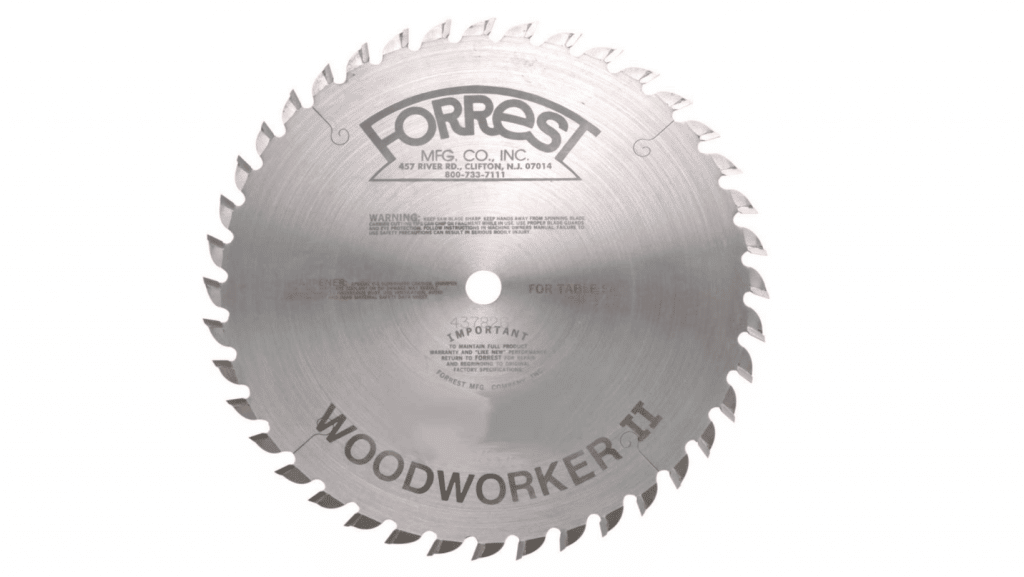
Still trying to figure out what you are looking for? We can help.
At CuttingHQ, we searched high and low for the best general-purpose blade for your jobsite table saw. This blade can be used for both cross-cutting and rip-cutting with ease.
The Forrest 10” x 40T Woodworker II is our top general-purpose blade.
This blade can rip materials very fast while making clean cross-cuts, and as it can be used for ripping and cross-cutting, you don’t have to worry about changing table saw blades when moving from one type of cutting to another.
The Forrest 10” x 40T Woodworker II has 40 ATB teeth that allow it to make full-kerf (1/8”) cuts. These cuts are usually so clean that they don’t require sanding before you join or glue them. How great is that?
Our Final Thoughts: What Is Best Blade For A Jobsite Table Saw?
The amount of table saw blades that are available today can be overwhelming. There are endless amounts of blades available. Finding the right blade always requires you to think about the types of projects you will be working on the most.
If you are looking for an exceptional jobsite table saw, you should check out our ultimate guide to jobsite table saws which includes a breakdown of all the best saws on the market right now!

